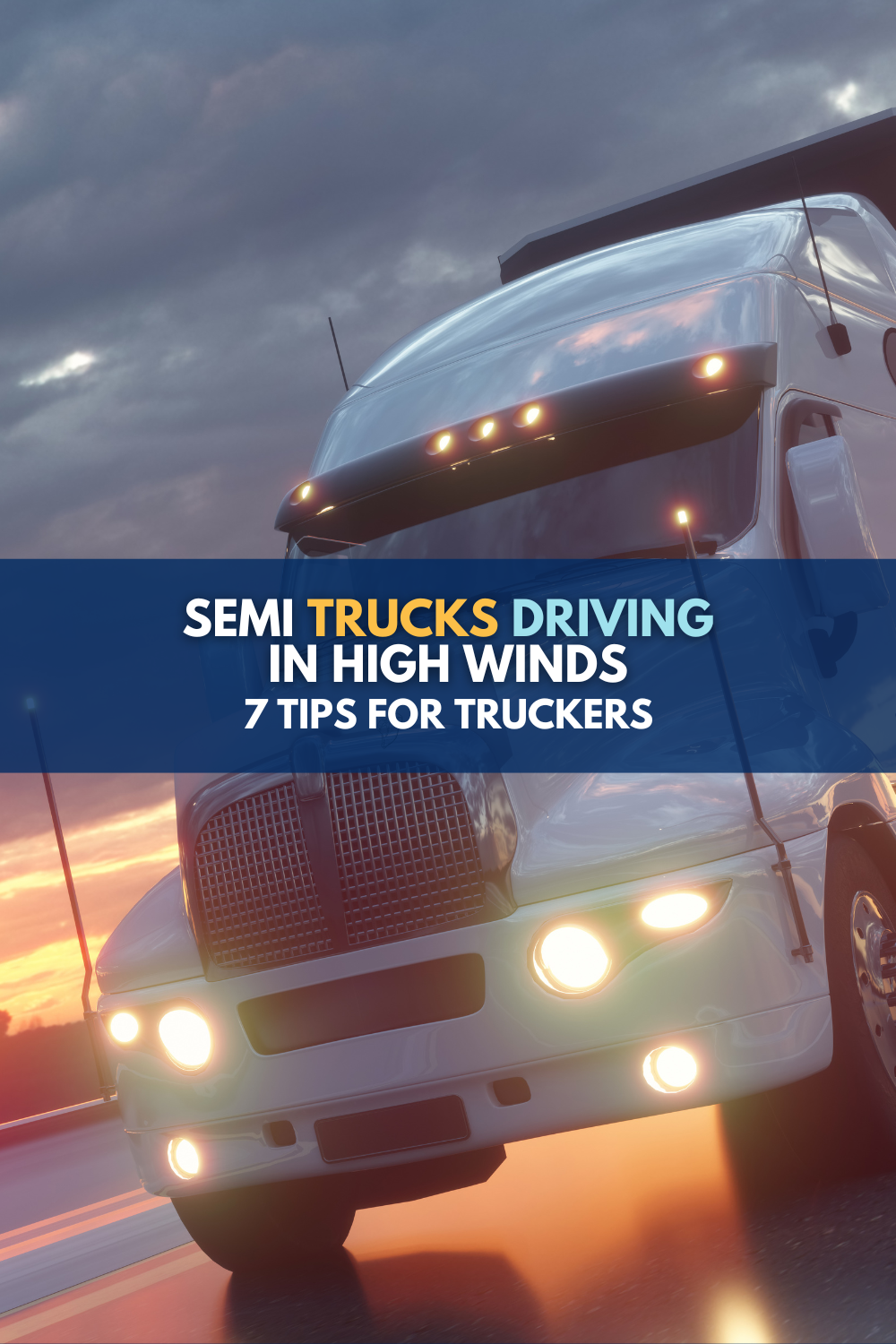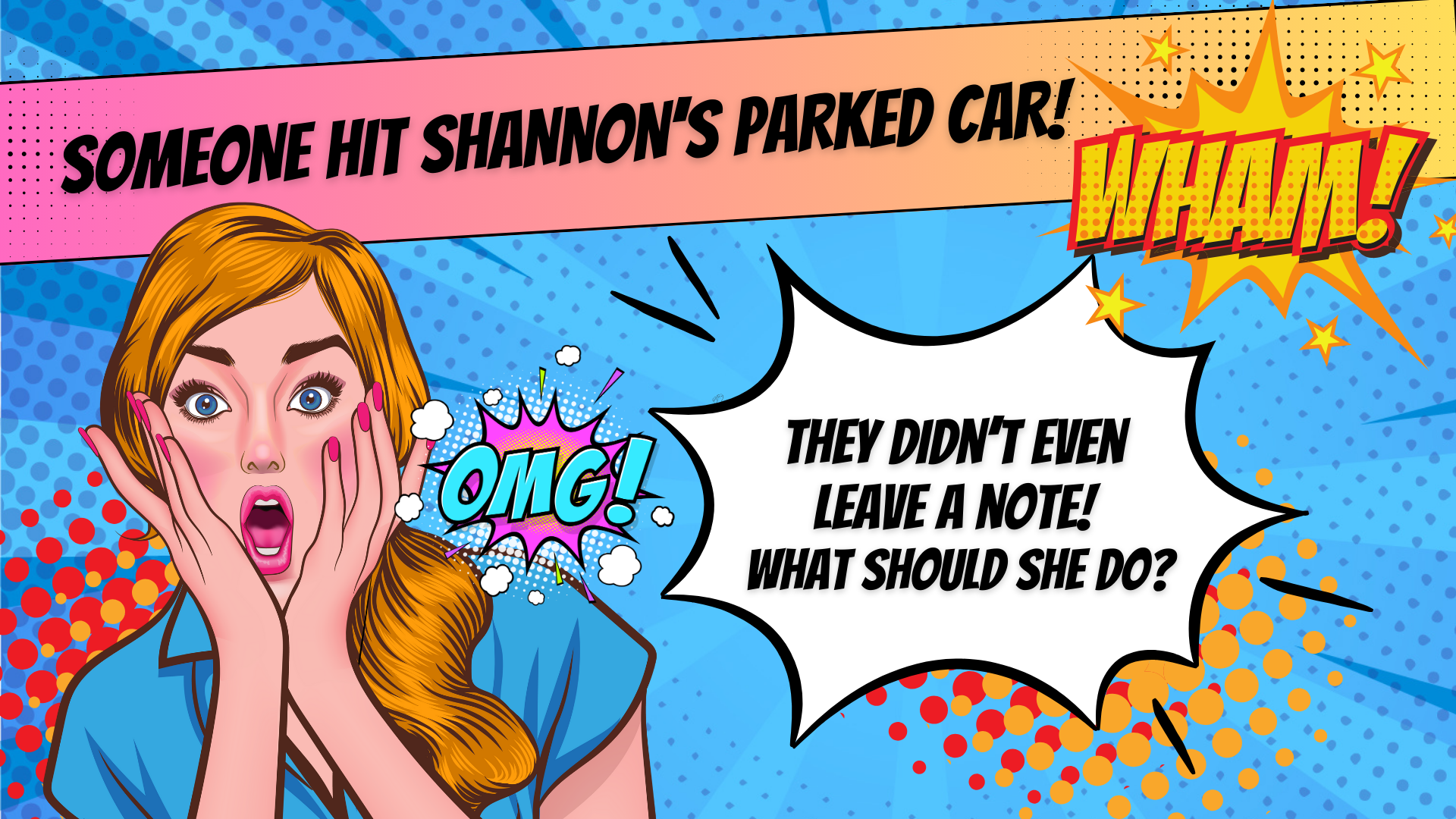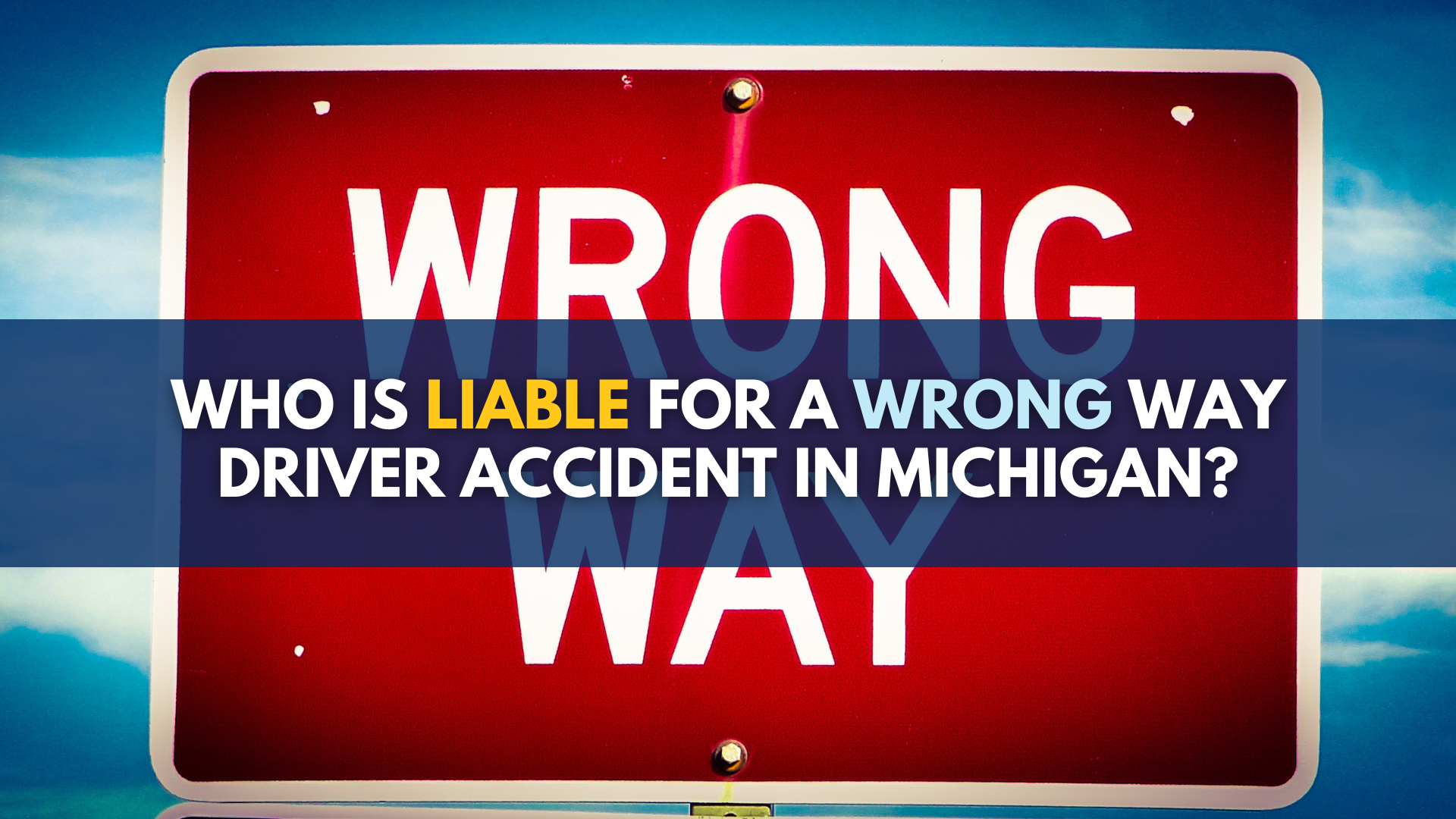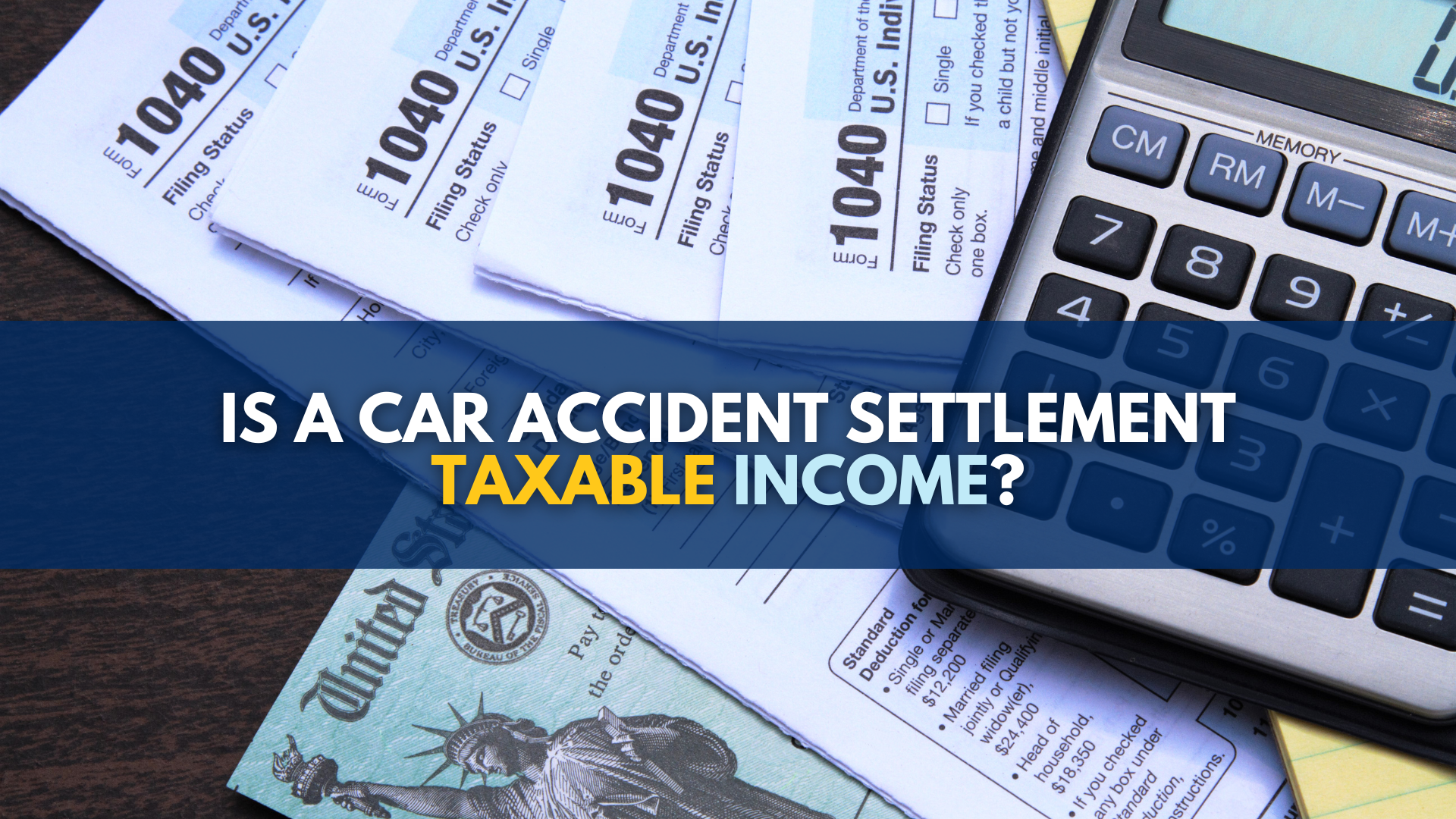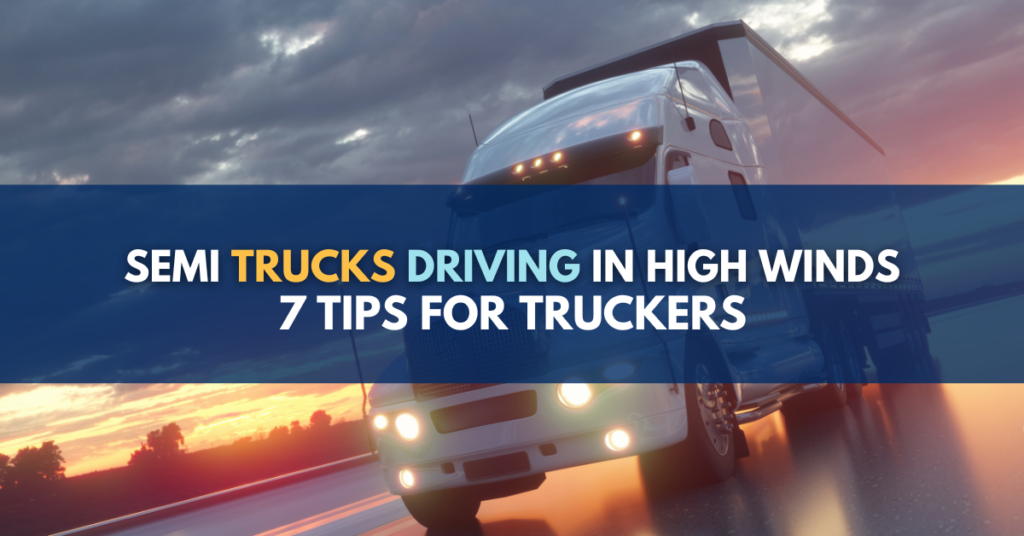
Advice about the dangers of semi trucks driving in high winds and how to avoid a crash
We’re all familiar with how bad weather such as snow, ice and rain can interfere with a trucker’s ability to safely navigate his or her semi truck. But there’s another dangerous driving condition that’s often overlooked: semi trucks driving in high winds.
Even in Michigan, semi trucks driving in high winds can cause plenty of wrecks for the reasons I explain below. And while high winds aren’t in general as big a problem in Michigan as they are in some other states, windy conditions still cause plenty of trucks to lose control so accident lawyers and truck drivers need to know about the dangers posed to semi trucks driving in high winds.
In Michigan, as in all states, truck drivers are required to reduce driving speed by up to one-third if weather is bad. They are required to pull over and stop driving altogether if weather becomes too dangerous. That’s one reason why when I lecture at safety seminars to trucking companies or when I teach lawyers how to litigate truck accident cases, I always say that bad weather is not an excuse for a truck accident.
The dangers of semi trucks driving in high winds
A much higher degree of care is required by buses and semi trucks driving in high winds.
Semi-trucks are very prone to wind interference because big-rigs are so much bigger than other ordinary cars and passenger vehicles. The surface of a truck and trailer creates an enormous “sail area” which can catch the wind. The wind can then cause the truck and especially the trailer to move – just like a sail. This leads to a truck losing control and causing a wreck as a result of driving in windy conditions.
A sail area is defined as any type of surface that will generate thrust by being placed in wind. The more square footage in the sail area, the more power developed by wind pressure. For example, the side of a trailer can be as long as 53 feet and 9 feet high, which equates to nearly 500 square feet of sail area. And the same wind conditions which may minimally impact a passenger car can have dramatic effects on a trailer with 500 square feet of sail area.
Semi truck drivers must be extra safety conscious when driving in high winds
Semi truck drivers must be aware of the dangers of driving in high winds. Many are not. They must also know – and that means they must also have been properly trained – to drive in windy conditions safely. If you are an attorney, that means these cases are often negligent training cases involving the company and they should be added to your pleadings when you are filing the lawsuit.
Semi truck drivers driving in high winds must know when to reduce speeds and they must also know when to stop driving and get off the road because windy conditions are interfering with their ability to maintain their lane.
Also, and I don’t mean to sound like Captain Obvious here, but they have to read signs. Signs that provide warnings such as “Wind Advisory: High Profile Vehicles” exist for a reason. For lawyers, especially when you are dealing with a larger trucking company, these cases can also include negligent routing and dispatch. If certain roads and corridors are known to be much higher risk for windy conditions, then inquiry should be made about why the truck was routed this way and if safer reasonable alternatives were available. I should note here that as a truck accident lawyer, every negligent dispatch case against a trucking company that I have litigated also included reasonable safer routing alternatives.
The takeaway here is that the best way for semi truck drivers to proceed with situations of driving in high winds is to first slow down and then when appropriate pull over and stop driving if the danger continues to worsen.
This is consistent with the the Federal Motor Carrier Safety Administration (FMCSA)’s safety rules for driving in bad weather situations. In §392.14 of the Federal Motor Carrier Safety Regulations (FMCSRs), when hazardous conditions exist “[e]xtreme caution in the operation of a commercial motor vehicle shall be exercised.”
Significantly, § 392.14 adds that “[i]f the conditions become sufficiently dangerous, the operation of the commercial vehicle shall be discontinued and shall not be resumed until the commercial motor vehicle can be safely operated.”
7 tips for semi trucks driving in high winds
- Know the sail area
- Secure all doors and exposed items
- Do your pre-trip inspection
- Be aware of the weather report
- Be mindful of signage
- Empty trailers are more dangerous
- When in doubt, slow down or stop
Know the sail area
This will vary from truck to truck
Secure all doors and exposed items
Take the time to do a thorough once-over on your truck before getting into the drivers’ seat. A few minutes beforehand can spare you from a disaster later.
Do a pre-trip inspection
To add to this, remember that under the FMCSRs, truckers are also required to perform pre-trip inspections, and there are specific rules that govern your cargo load as well.
Be aware of the weather report
Know what you’re up against before you hit the road. A semi truck driver never wants to be surprised by a sudden strong gust of high wind out on the open road.
Be mindful of signage
Windsocks, road signs and grass that has grown horizontally are all good indicators about the types of wind conditions you may encounter. Heed their warnings and drop your speed so that wind has less force.
Empty trailers are more dangerous
An empty trailer weighs less than a loaded one and is far more susceptible to being manipulated by even a modest amount of wind. When high winds blow in, the road conditions may become “sufficiently dangerous” under the FMCSA’s safety rules to warrant getting that empty trailer off the road altogether.
When in doubt, slow down or stop
It’s the golden rule of professional truck driving. Under any circumstance, including high winds, weather, road construction, restricted views or any possible hazard, always slow down to a safe speed and stop when appropriate.
Injured in a truck accident in Michigan? Call Michigan Auto Law Now
If a semi truck was driving in high winds and crashed into you call now (855) 781-7747 for a free consultation with one of our experienced auto accident attorneys. There is no cost or obligation. You can also visit our contact page or use the chat feature on our website.
Michigan Auto Law is Michigan’s largest and most successful law firm that specializes exclusively in helping people who have been injured in auto accidents.
Our secret? Our semi truck accident attorneys deliberately handle fewer cases than other personal injury law firms. This allows us to focus more time and attention on our cases.
Unlike other law firms, our attorneys are never too busy to promptly return phone calls and answer questions.
We have more than 2,000 5-Star Reviews that reflect this care and attention to detail.
More importantly, this client-focused approach leads to better and faster settlements for our clients. Michigan Auto Law has recovered more million-dollar car accident settlements and trial verdicts for motor vehicle accidents than any other lawyer or law firm in Michigan. We’ve also recovered the highest ever reported car accident and truck accident settlement in the state.
Call now so we can start making a real difference for you.
